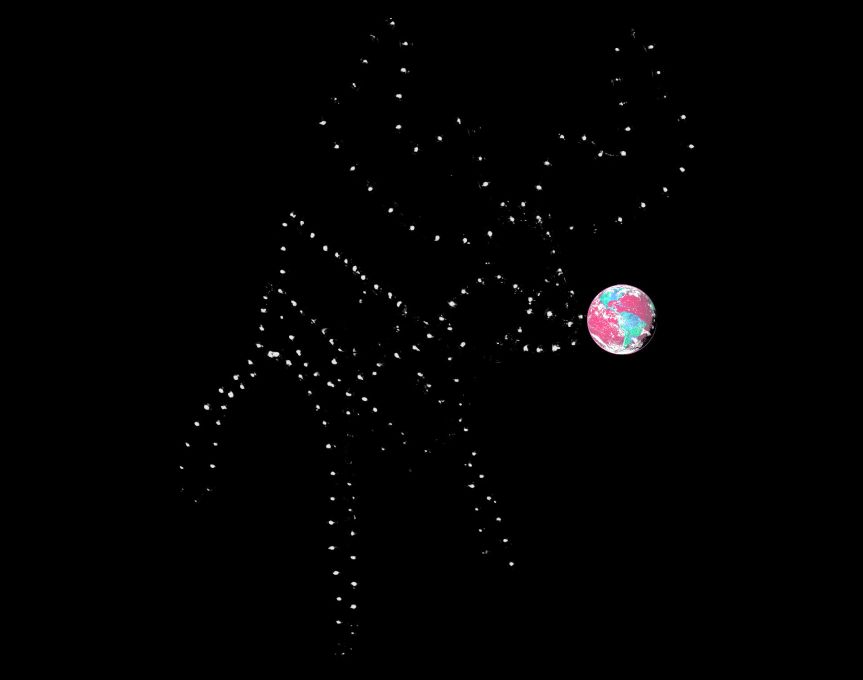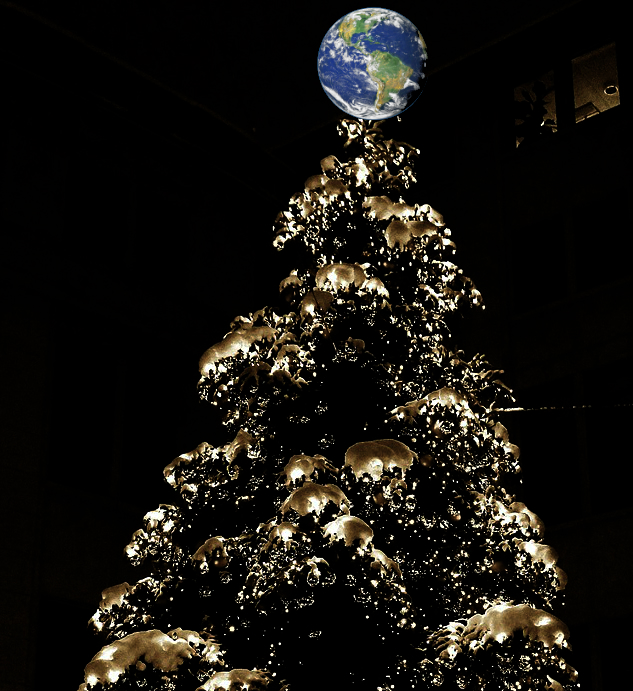PERSONAL FIELD JOURNAL, JUNIOR FIELD RESEARCHER #1.987
GALACTIC SURVEY FLEET
PLANET AND SPECIES NAME (NATIVE): EARTH, HUMAN
SPECIES CLASSIFICATION: HARMLESS

At the urging of the chief researcher, I continue my study of the human cultural phenomenon known as “Christmas”, begun in my previous field journal entry. Both of us are now reasonably certain that “Christmas” is a human festival of great religious significance.
(I still wonder whether “Christmas” to the humans is a solemn celebration, like our Feast of Fricasseed Entrails, or a more joyous festival, like Scampering Day?)
Transmission #1 is titled “Rudolph the Red Knows Rain, Dear”. The translator-brain warns of significant uncertainty in its analysis — indeed, parts of the translation are unintelligible. However, this “Rudolph” is undoubtedly linked to Christmas, which is mentioned multiple times.
Several other proper names are identifiable: Dasher, Dancer, Prancer, Vixen, etc. Perhaps these are the names of gods worshiped by humans. If so, Rudolph is a god of even greater importance: A keyword search reveals that “Rudolph” occurs more frequently in recent broadcasts than all of the other names combined.
Analyzing the title of the transmission, the human color red is closely linked with Christmas. I have tentatively identified Rudolph, or Rudolph the Red, as the humans’ rain god, though Rudolph also seems to have influence over other weather phenomena, such as fog.
Christmas appears to be a celebration of a great feat attributed to Rudolph, as well as another possible deity named “Santa”.
Transmission #2 is titled “Santa Claus is Coming to Town”.
If the first transmission provided evidence of a human rain god named Rudolph the Red, this transmission provides near-incontrovertible proof that the humans worship a powerful deity named “Santa Claus”. A keyword search reveals that Santa Claus (or just Santa) is even more closely associated with Christmas than is Rudolph.
This Santa-being possesses omniscience:
He sees you when you’re sleeping
He knows when you’re awake
He knows if you’ve been bad or good
The humans hold Santa as a force to be feared:
You better watch out
You better not cry
You better not pout
Christmas appears to be a time to prepare for the imminent coming of Santa. Thus it is reasonably clear that Santa is the supreme god in the humans’ pantheon.
I suggest that Rudolph the Red is Santa’s most trusted underling. The translator-brain has also identified a correlation with the names “Saint Nicholas” and “Kris Kringle”. These may be other, lesser deities beneath Santa.
It remains unclear where Comet, Cupid, Donner, and Blitzen fit within the framework of human religious worship.






